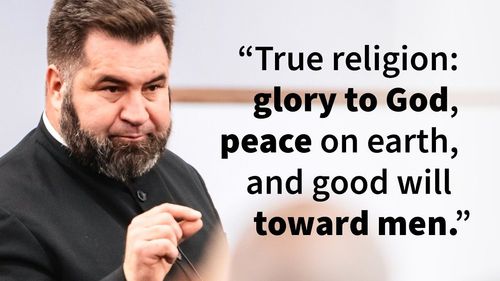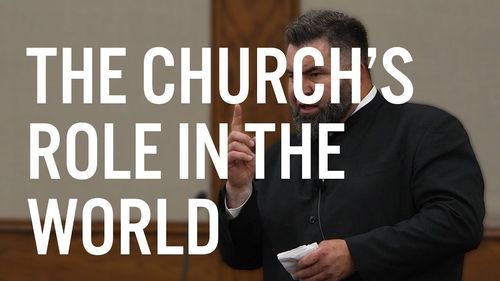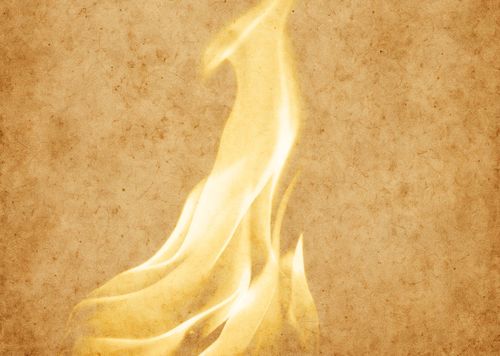The Church of God – Who we are
For too long the religious world has seen a departure from the apostolic message of the New Testament Church. Spiritual deadness, the drift to worldliness and the prevailence of man-made doctrines is a shame to God. He is now restoring his church and is calling for sinners to be saved…







